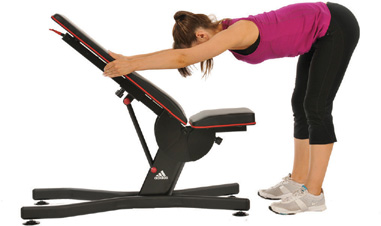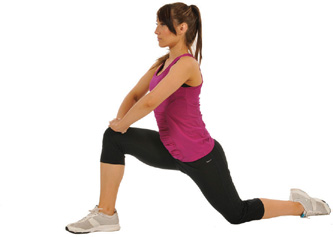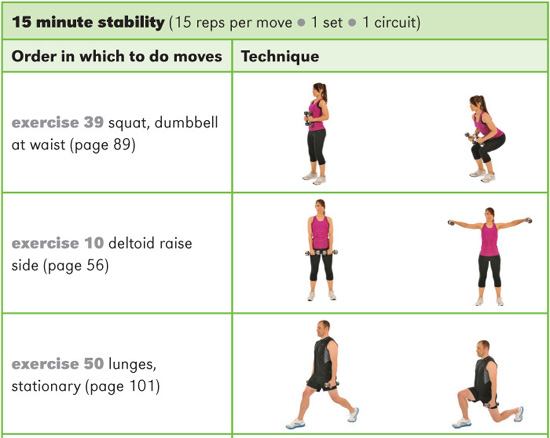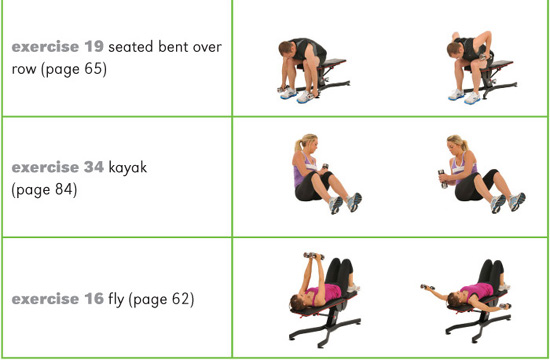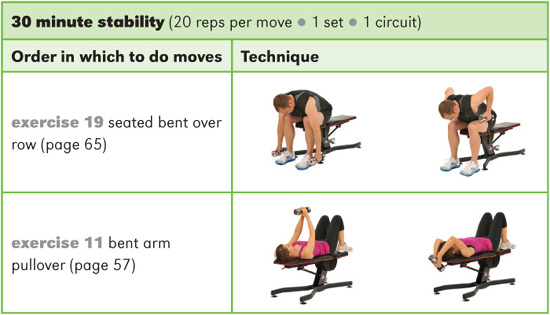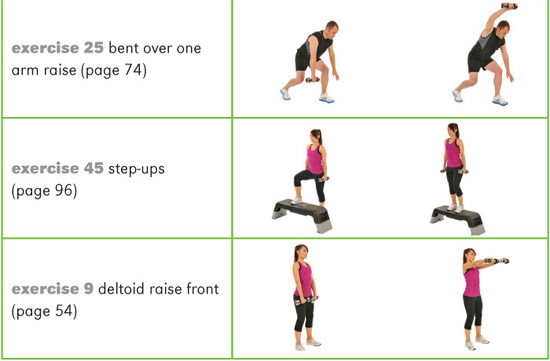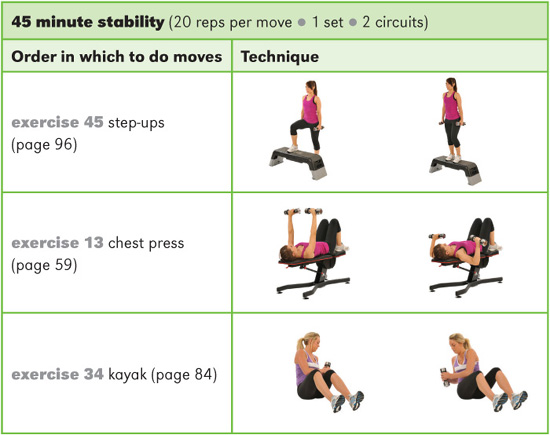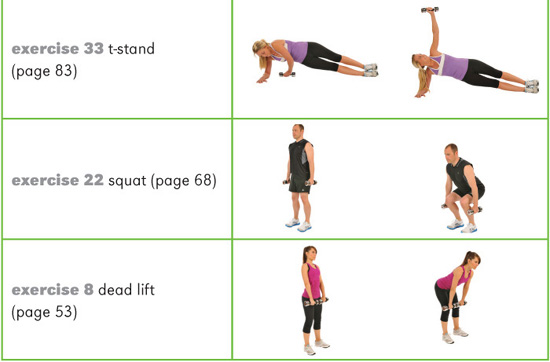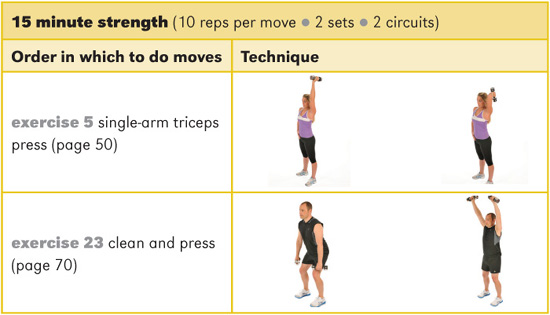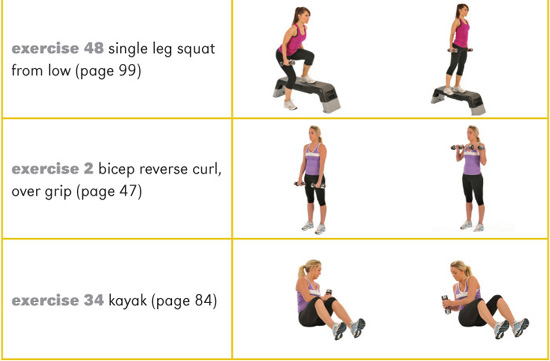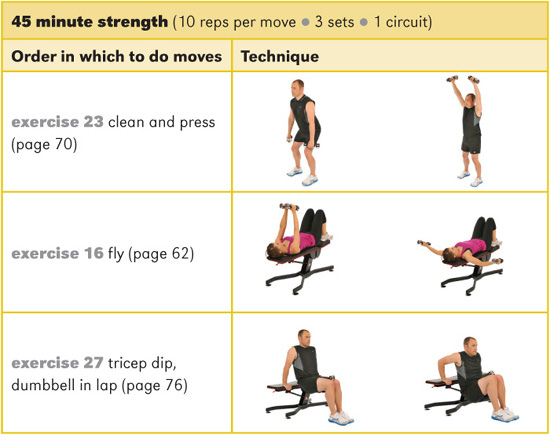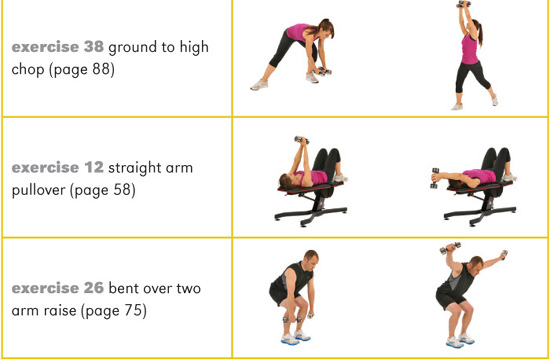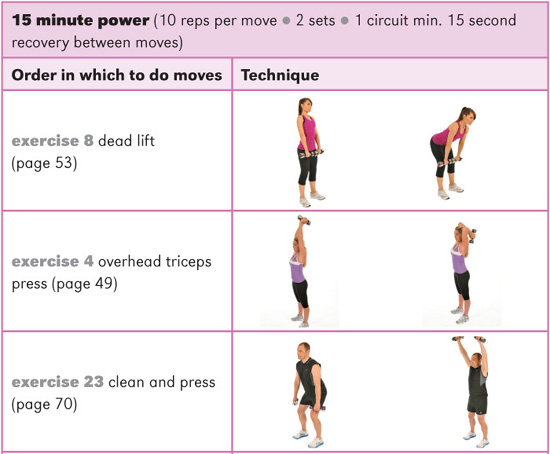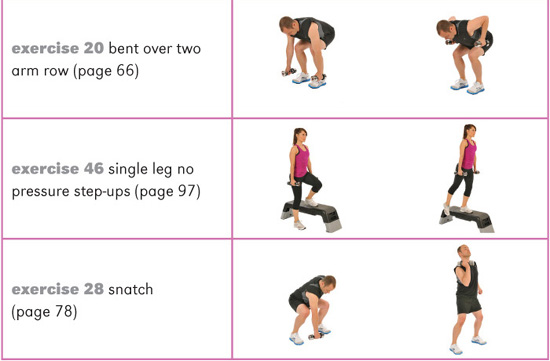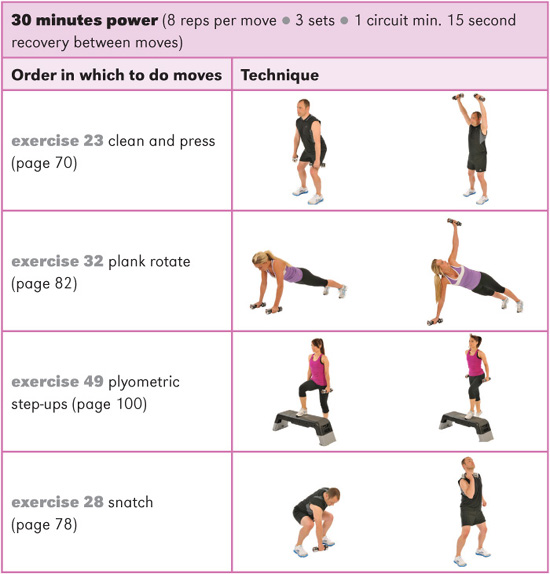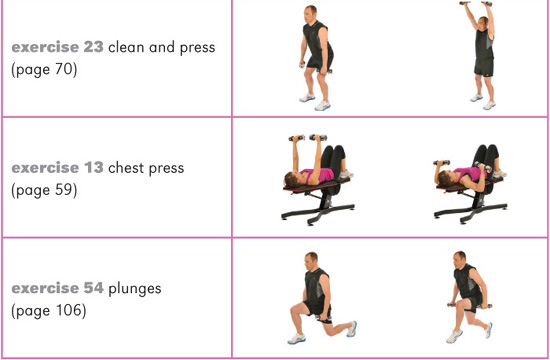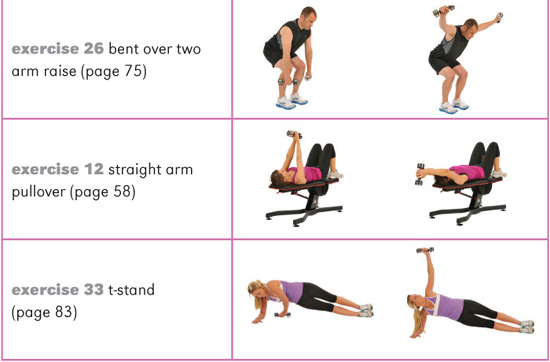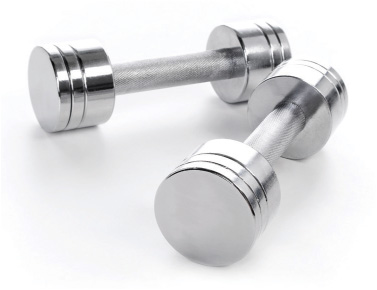

As people become more experienced in training with weights there is a temptation to forego a formal training plan and work through a session training body parts randomly. This can be effective, but human nature dictates that, given the opportunity, we often end up focusing on the parts we like to work rather than the parts we need to work.
The training sessions in this section follow the S.A.F.E. philosophy of progression and are divided into the three basic facets of this system: stability, strength and power. They are sequenced in such a way that if you were an absolute beginner when you started, you should have at least 18 months of progressive exercise experience before you perform the hardest session. So, a novice would first attempt the 15 minute stability session followed, when ready, by the 30 minute and then 45 minute sessions. This process could take three to six months. When the stability sessions have been mastered and no longer present a significant challenge, the 15 minute strength session can be attempted followed, when ready, by the 30 and 45 minute sessions; again, this process could take three to six months. Having developed stability and strength over this length of time the body will be well prepared to progress to the power sessions, which follow the same logical progressions. Note: the timings are approximate and include a short warm-up and stretching at the end of the session.
The reality is, of course, that many people are not complete beginners, so Table 2 gives you an idea of where to start depending upon your experience and physical ability.
Table 2 Assessing which training session to begin with
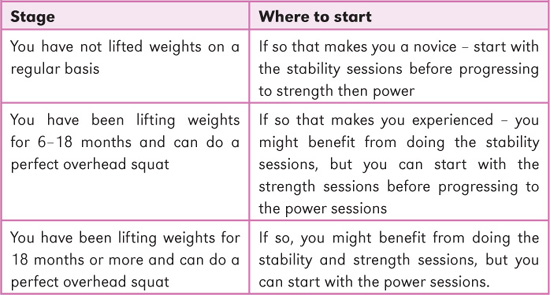
Before you start any of the workouts, you need to do a warm-up. This can vary depending upon where you are – in a gym you might choose to use the cardio equipment (treadmill, rower, cross trainer) to get ready. This is fine, however, I find the most effective warm-up is one that specifically mimics the work that is just about to be done, so I like to prepare by going through movements that feature in the actual workout, e.g. full range versions of light squats, rotation and shoulder movements, along with some temperature-raising activity such as jogging on the spot.
In the world of fitness we habitually stretch at the end of our workout sessions when the muscles are still warm. However, muscles will also be fatigued and therefore not particularly receptive to being stretched. The reality is that most people just want to get out of the door when they have finished the work section, and they view stretching as something that delays their shower, so I like to do the essential stretches just after the workout then make time when less fatigued to do some more quality, focused flexibility work.
The effects of stretching are cumulative so don’t expect miracles the first time, or if you really struggle to make time for them, remember that the reason for warming up and stretching at the end of every session is to reduce the risk of injury. So, make a habit of incorporating stretching into your workout, or risk paying for the privilege of a physiotherapist telling you the same thing in the future.
You should complete the following essential stretches at the end of every dumbbell lifting session (see below). Hold each of the stretches for at least 20 seconds and try to relax and enjoy them.
